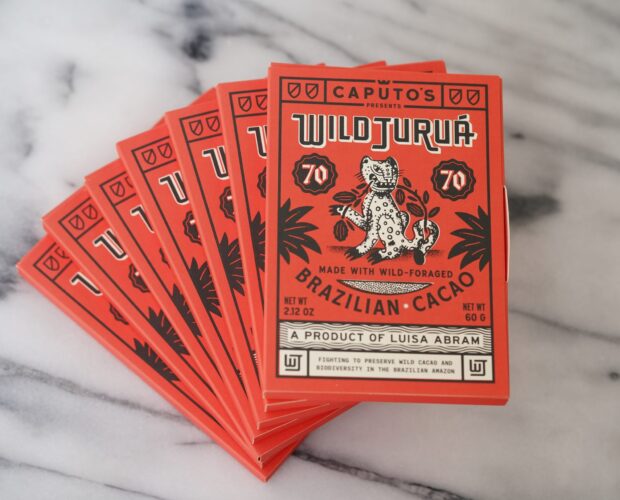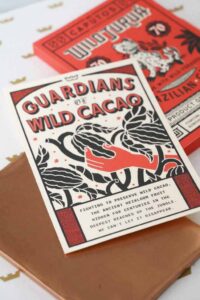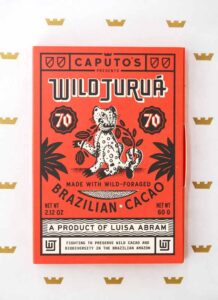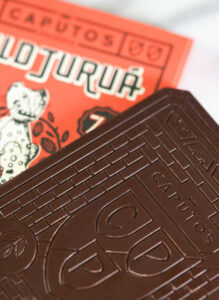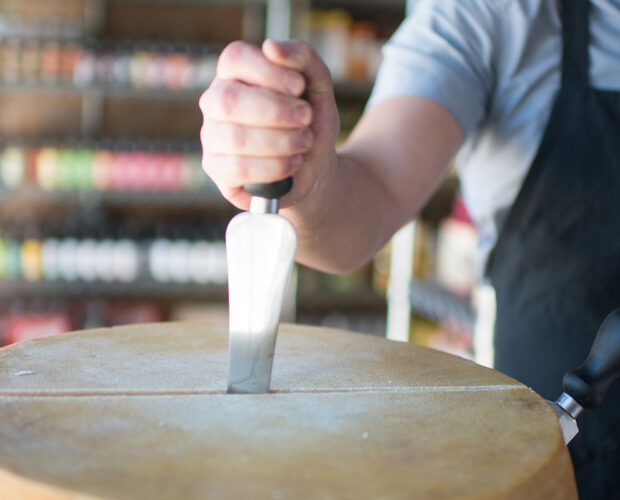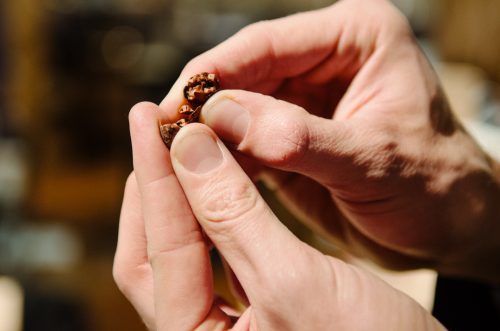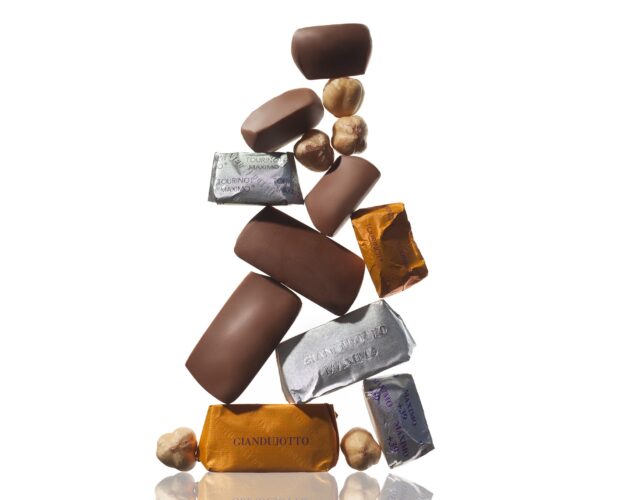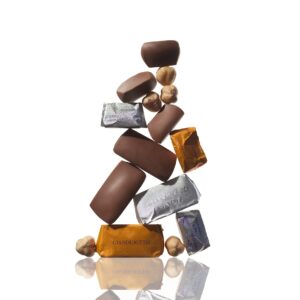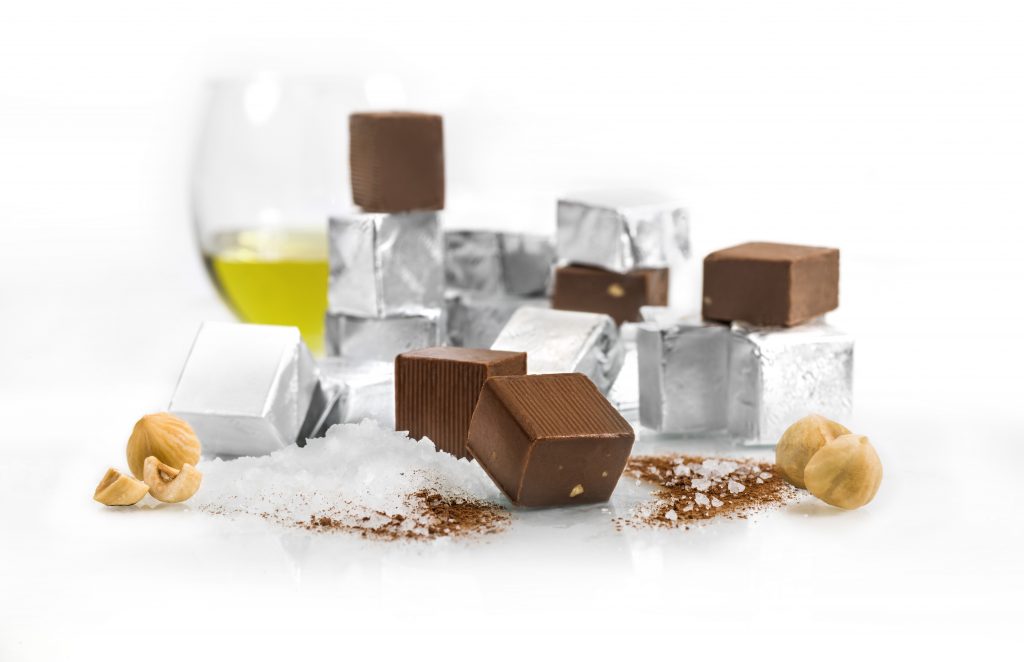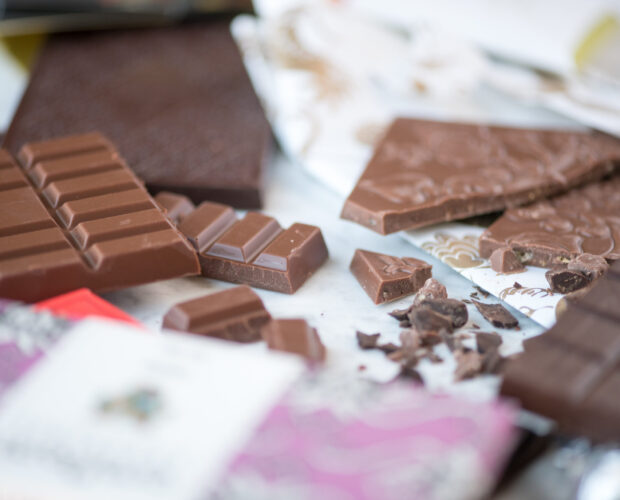“Ask Matt Caputo” is an ongoing feature where Matt answers commonly asked questions from the market. This week, he gives us a glimpse into the creation of a cheese board from a restaurant perspective.
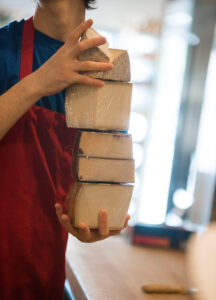 Q: Matt, I just got home with lots of new, delicious cheeses. How do I store them properly and what’s the best way to wrap them?
Q: Matt, I just got home with lots of new, delicious cheeses. How do I store them properly and what’s the best way to wrap them?
A: Unfortunately, there is not one right way to store cheese. Depending on the style of cheese the micro flora responsible for it’s aging react differently to storage techniques. For example, most American produced cheddar is made to be aged (anaerobically) from start to finish in vacuum sealed bags. When storing this type of cheese at home it would react much better to being tightly wrapped in plastic than say an English style cheddar that was made to be aged in an (aerobic) open air environment. Absent of tight plastic wrapping the American example may get moldy more quickly than the English style. The right way to store cheese depends on it’s type.
Storing in tightly wrapped plastic can be bad for a number of reasons. Most notably all cheeses have cultures, molds, and/or yeasts that are breaking down fats and protiens in the milk solids. There are many ways in which plastic wrap can be bad from cheese. Many. Here are just a few:
- Suffocation: Certain strains of these micro flora need to breath air, some don’t. Those that need a lot of air, say like Penicillium camemberti on cheeses like Brie breaks down protein near the surface of the cheese. Like all living organisms P. camemberti produce waste, in this case ammonia gas. If wrapped tightly in plastic this ammonia can become trapped in the cheese and taste very bad.
- Trapped Moisture: Certain cultures in cheese thrive in a very humid environment and others don’t. Wrapping tightly in plastic can allow moisture to pool. This can create an environment that is not good for the cultures a particular cheese maker intended to create the flavors and textures in their cheese, and even worse, could allow for unintended cultures to take over and create unintended flavors. Many of which may be bad.
- Imparting a plastic taste: Most plastic film has a distinctive smell. Give it a whiff. When wrapped in film many cheeses can start to take on this flavor/aroma on the surfaces where the film is touching. The longer it is in the wrap, the more the aroma of the film may penetrate, giving the cheese on off flavor.
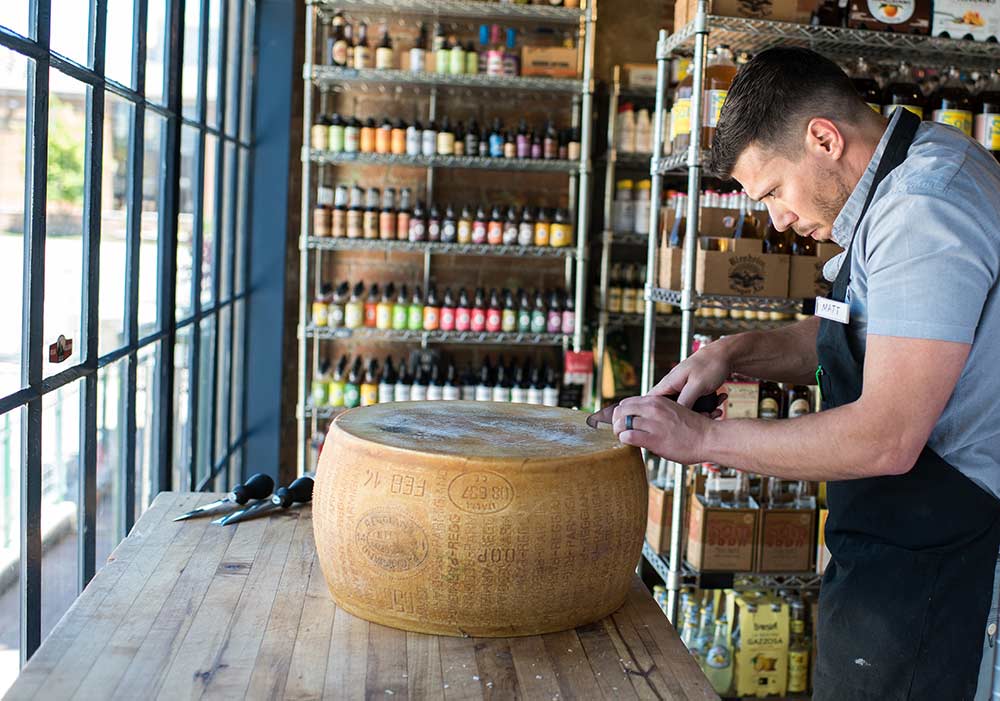 If you’ve brought a cheese home that’s already in a tightly wrapped wrapper, in general, it’s ok for a small while. If it was packaged in vacuum sealed plastic at the factory, it is okay to keep it like that. I would not advise opening these packages simply to repackage them at home. Just open when you need it and then store as detailed below. Cheese packaged at full service specialty cheese shop like Caputo’s where they cut and wrap to order, it is certainly best left in the packaging they provide. These shops are generally full of experts who are able to tailor packaging to the needs of the specific cheese. The most common time you may want to consider immediately repackaging your cheese in a different way than you bought it is when the cheese is pre-cut, not vacuum packaged, but is wrapped in film. This is the most common way you see cheese offered at the grocery store cheese counter and it would likely do better if repackaged quickly (as detailed below) when you get it home.
If you’ve brought a cheese home that’s already in a tightly wrapped wrapper, in general, it’s ok for a small while. If it was packaged in vacuum sealed plastic at the factory, it is okay to keep it like that. I would not advise opening these packages simply to repackage them at home. Just open when you need it and then store as detailed below. Cheese packaged at full service specialty cheese shop like Caputo’s where they cut and wrap to order, it is certainly best left in the packaging they provide. These shops are generally full of experts who are able to tailor packaging to the needs of the specific cheese. The most common time you may want to consider immediately repackaging your cheese in a different way than you bought it is when the cheese is pre-cut, not vacuum packaged, but is wrapped in film. This is the most common way you see cheese offered at the grocery store cheese counter and it would likely do better if repackaged quickly (as detailed below) when you get it home.
There is no singularly correct way to store cheese, because it really depends on the type of cheese, but it is totally unrealistic to expect the average consumer to understand what each cheese needs. Therefore, here are 3 simple rules of thumb can be employed that will benefit most cheese:
 VACUUM SEALED: If you bought a cheese in a vacuum sealed package keep it that way until you need it. Any leftovers of this type of cheese may be more prone to mold once exposed to air. Therefore, try to use as quickly as possible and return any unused potion into packaging that limits air exposure. If you have a home vacuum sealer, this is a good way to keep it from getting moldly. It can also be wrapped tightly in plastic film, but wrapping first in a sheet of cheese appropriate paper can help avoid trapped moisture. Parchment, waxed, are all okay, but cheese shops do often offer a better option that allows for the correct moisture exchange/regulation.
VACUUM SEALED: If you bought a cheese in a vacuum sealed package keep it that way until you need it. Any leftovers of this type of cheese may be more prone to mold once exposed to air. Therefore, try to use as quickly as possible and return any unused potion into packaging that limits air exposure. If you have a home vacuum sealer, this is a good way to keep it from getting moldly. It can also be wrapped tightly in plastic film, but wrapping first in a sheet of cheese appropriate paper can help avoid trapped moisture. Parchment, waxed, are all okay, but cheese shops do often offer a better option that allows for the correct moisture exchange/regulation.- NOT VACUUM SEALED FROM FULL SERVICE CUT & WRAP COUNTER: If a cheese monger at a cut to order shop wrapped it for you, leave it like that until you need it. They likely used the correct type of paper and other materials to ensure optimal storing conditions for the particular cheese. When you are rewrapping any unused portion try to duplicate what they did. It is okay to use the same materials they provided again so long as you kept them clean and any residue was not outside for refrigeration for longer than 30 minutes. At home, I recommend cutting what you need rewrapping any unused potion and returning to refrigeration right away. This will extend the life of your cheese and increase food safety.
- NOT VACUUM SEALED, PLASTIC FILM TOUCHING CHEESE: This is how cheese is commonly offered at the grocery store. Little pre-cut wedges where the cheese is cut in store, but then wrapped for display and sale in plastic film. For the reasons described above, the film is not good for the cheese. While there is no one size fits all perfect solution, almost all cheese purchased in this way would benefit from immediate rewrapping at home. Simply take the cheese out of the plastic film, wrap in cheese appropriate paper rewrap in plastic film. Loosely, if it’s a bloomy rind (think white puffy mold like on Brie). With the right cheese paper barrier between cheese and film, most other types will be fine if wrapped tightly in the film.
The only other piece of advice I would give is that even under the best care, once cut from a wheel the cheese is only going to deteriorate in quality over time. Therefore, buy what you can use in 1 to 2 weeks if a soft cheese or 3 to 4 weeks for a hard cheese. Of course, if you can get to the cheese shop each week, buy what you need for that week as it will be best right after being cut off the wheel. Also, when you purchase at a cut to order shop like Caputo’s, you have greater access to asking questions of a knowledgeable monger. Mark my words, they love answering your questions!
PSST! Want to know more? Join us at an Intro to Fine Cheese class! Looking for even more cheeses to take home (or have them shipped to you)? Start here.
Disclaimer: While Matt Caputo is a Certified Cheese Professional and specialty food fanatic, he is not a medical professional, doctor, or certified nutritionist. Please consult with your doctor or other qualified health care professional before making any healthcare decisions, diagnostics or treatment decisions based on Matt’s answers.
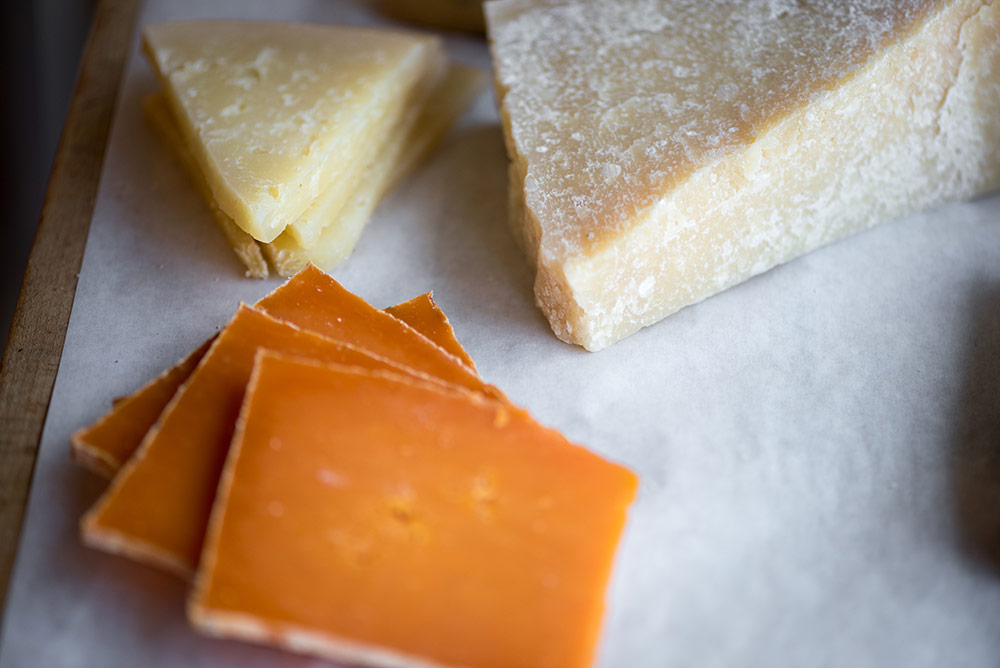
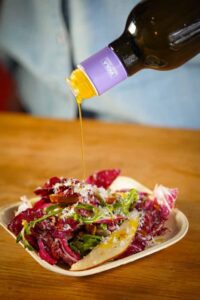 Question:
Question: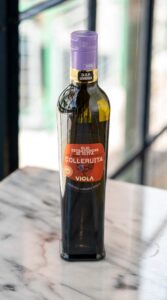 Now what is a condiment supposed to do? A condiment is supposed to change the flavor of a finished dish, so you need something really, really potent. In fact, sometimes, these condiment grade olive oils are so potent that if you were to taste them on their own (or maybe even with bread) they might be too strong.
Now what is a condiment supposed to do? A condiment is supposed to change the flavor of a finished dish, so you need something really, really potent. In fact, sometimes, these condiment grade olive oils are so potent that if you were to taste them on their own (or maybe even with bread) they might be too strong.
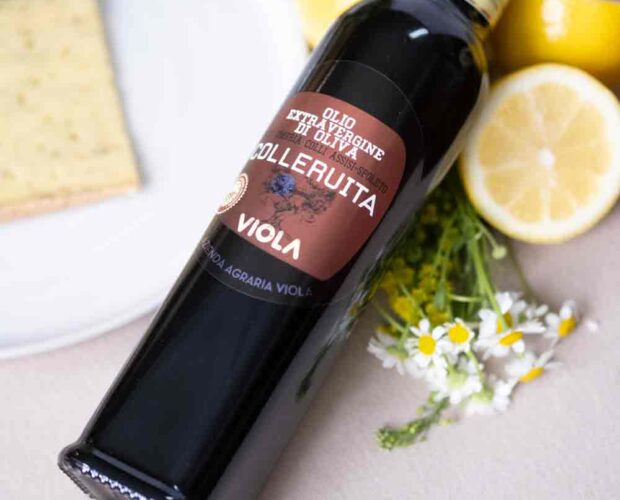

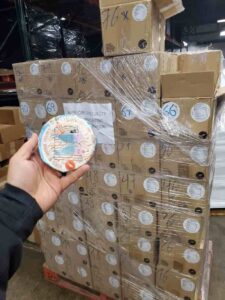
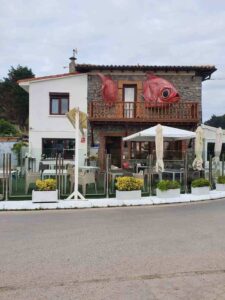
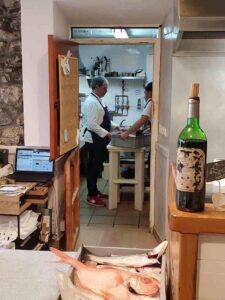


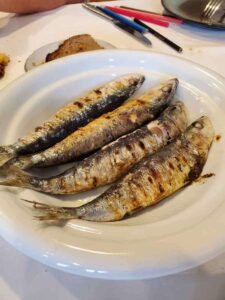
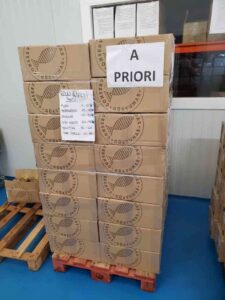

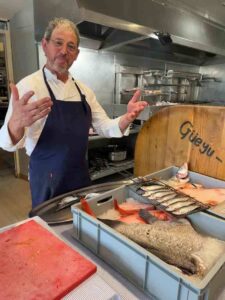

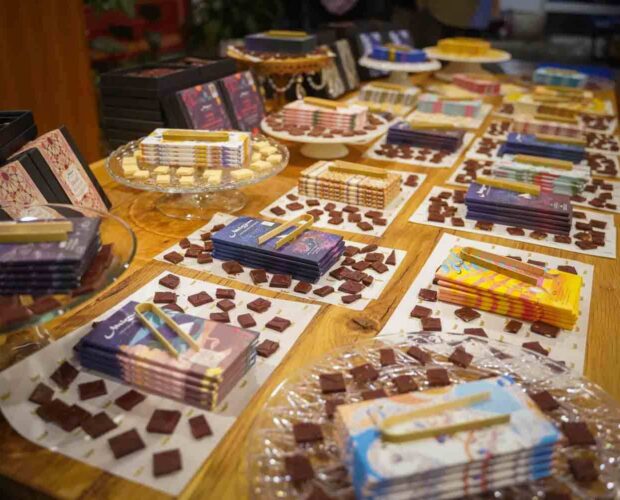
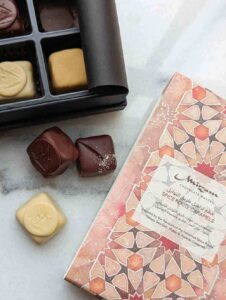


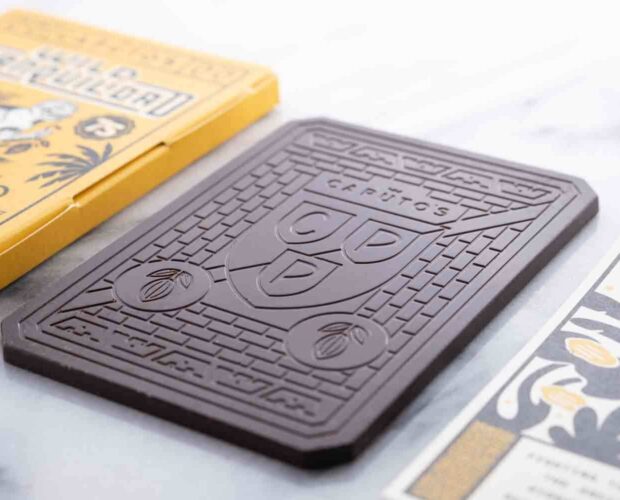
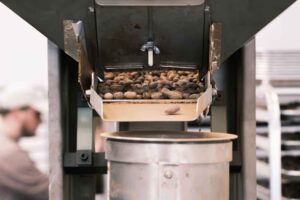


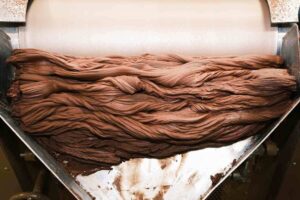
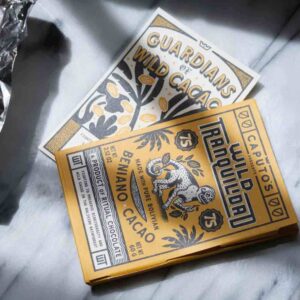
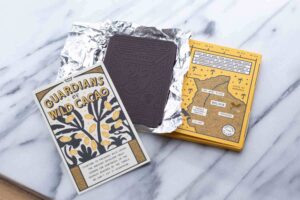
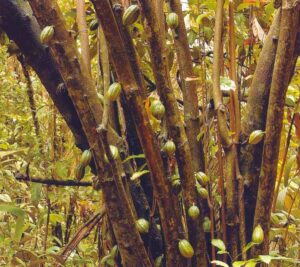

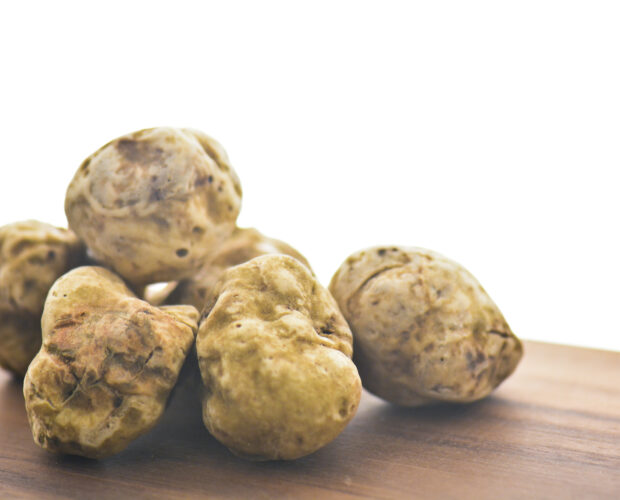
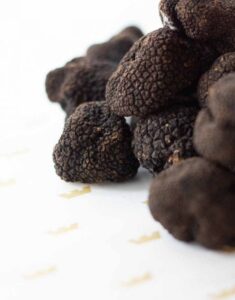
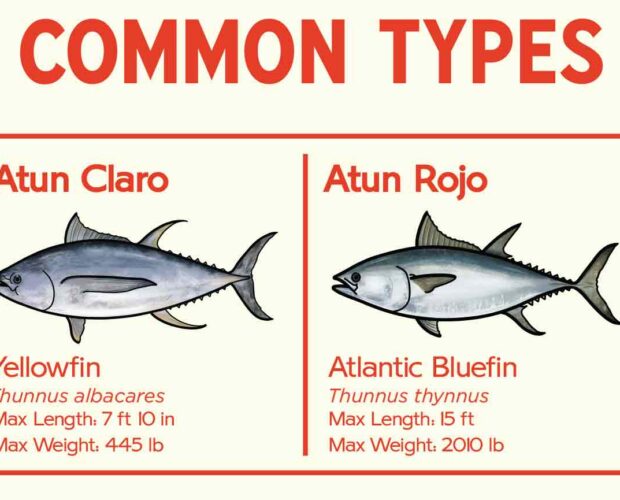
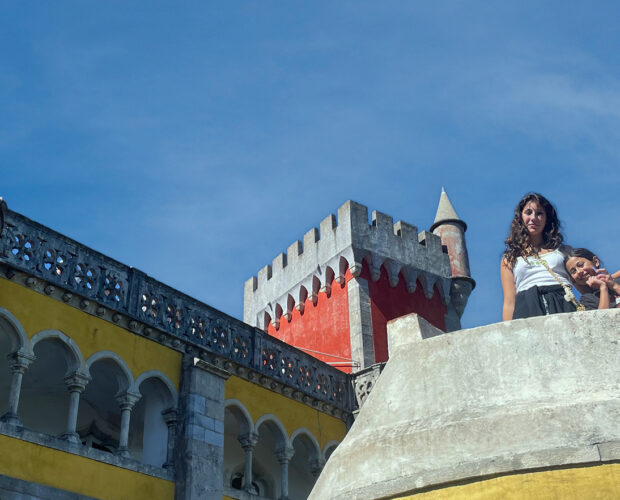
 You come to Caputo’s because you have come to expect and trust that we are proud geeks about all things food. When you buy products on our site or from our shelves, you understand that you’re supporting artisans that have been put through thorough vetting before being stocked here. We pride ourselves in this ethos and aim to uphold it and improve upon it as we grow.
You come to Caputo’s because you have come to expect and trust that we are proud geeks about all things food. When you buy products on our site or from our shelves, you understand that you’re supporting artisans that have been put through thorough vetting before being stocked here. We pride ourselves in this ethos and aim to uphold it and improve upon it as we grow.
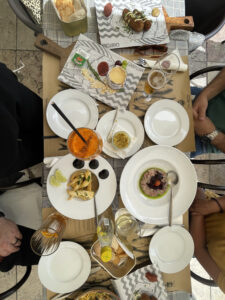

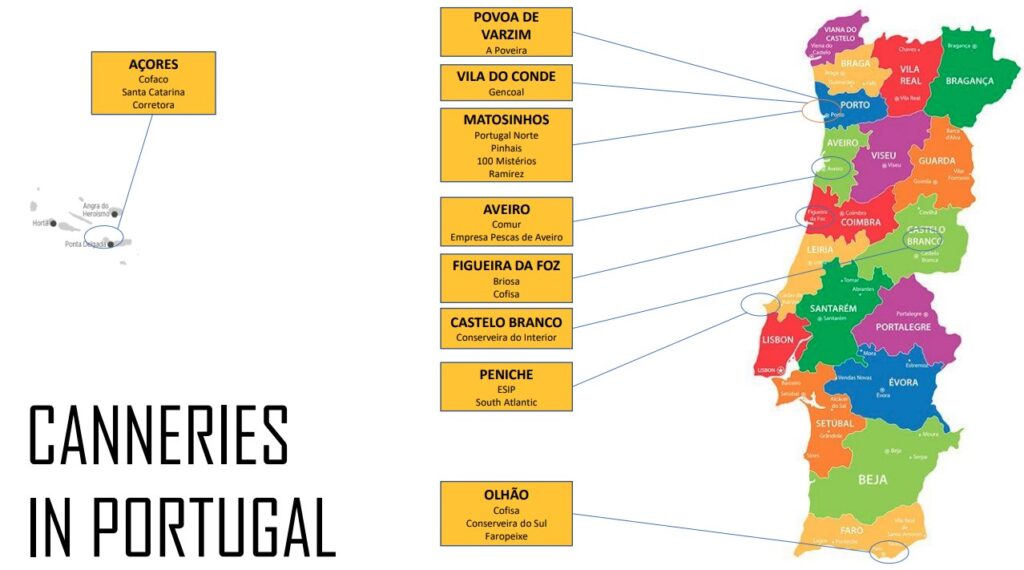
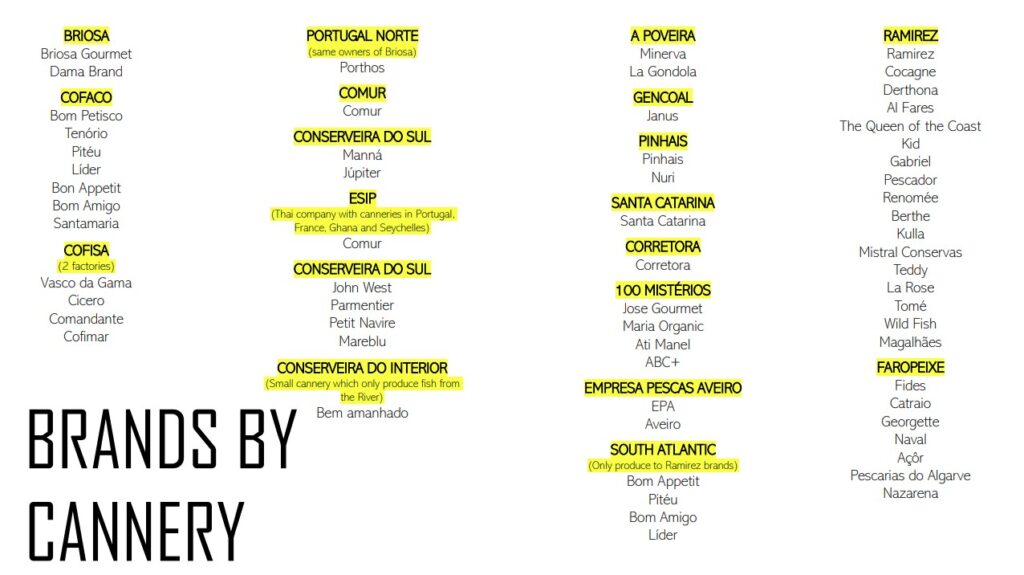
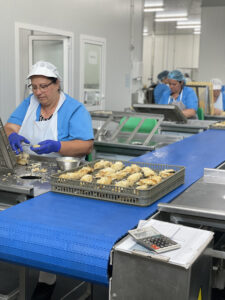 Despite all the pressures of the industrial food system snuffing out everything they can, I left feeling very inspired to see some incredibly serious people creating a spark that has the potential to keep the
Despite all the pressures of the industrial food system snuffing out everything they can, I left feeling very inspired to see some incredibly serious people creating a spark that has the potential to keep the 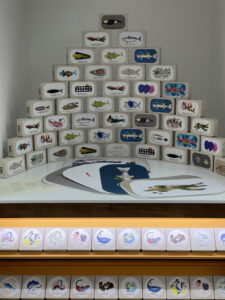 With how slick their packaging and marketing is I expected the owners of
With how slick their packaging and marketing is I expected the owners of 

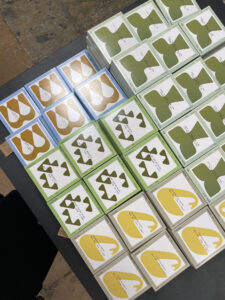
 When you shop at Caputo’s, you help us determine what is important to the industry and where it will go. You help us support small producers who are uplifting their communities, challenging monopolies, and enriching the earth. 100 Misterios is a perfect example of this ethos. They have targeted a loss in their community, locked on, and figured out how to revive it by any means necessary (condominiums be damned). By far the smallest cannery in
When you shop at Caputo’s, you help us determine what is important to the industry and where it will go. You help us support small producers who are uplifting their communities, challenging monopolies, and enriching the earth. 100 Misterios is a perfect example of this ethos. They have targeted a loss in their community, locked on, and figured out how to revive it by any means necessary (condominiums be damned). By far the smallest cannery in 